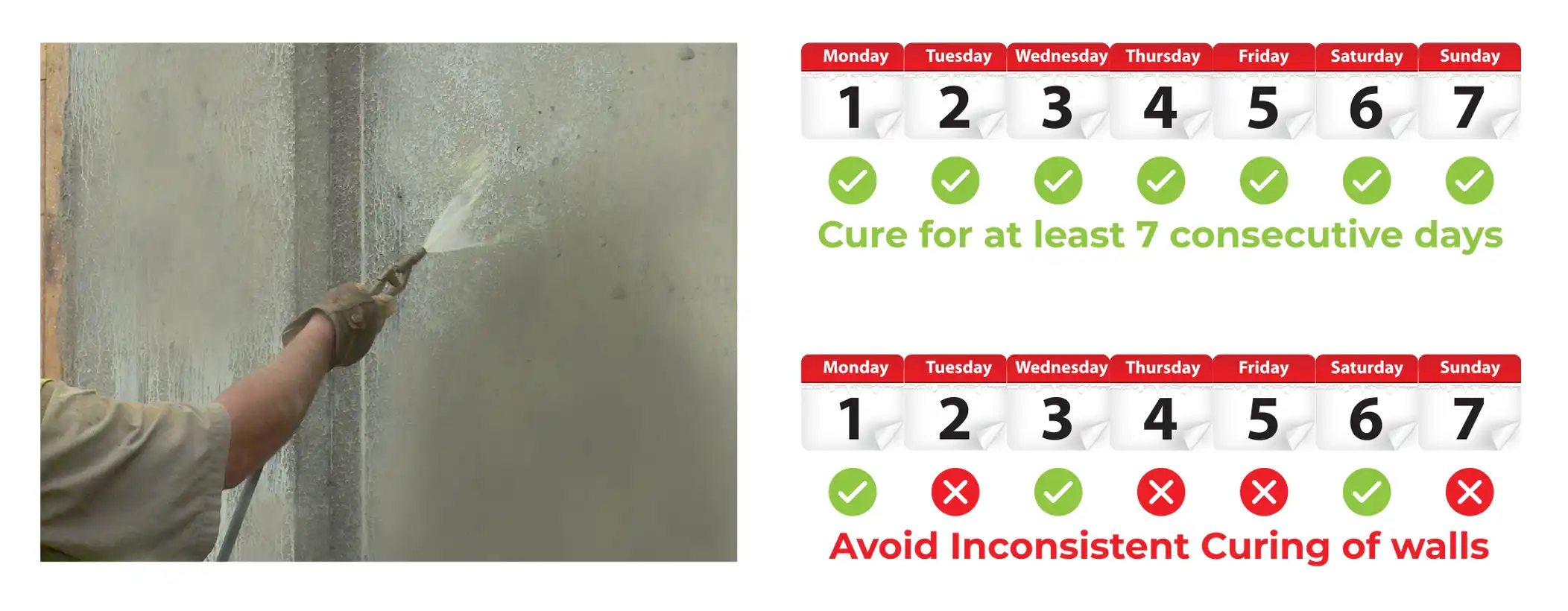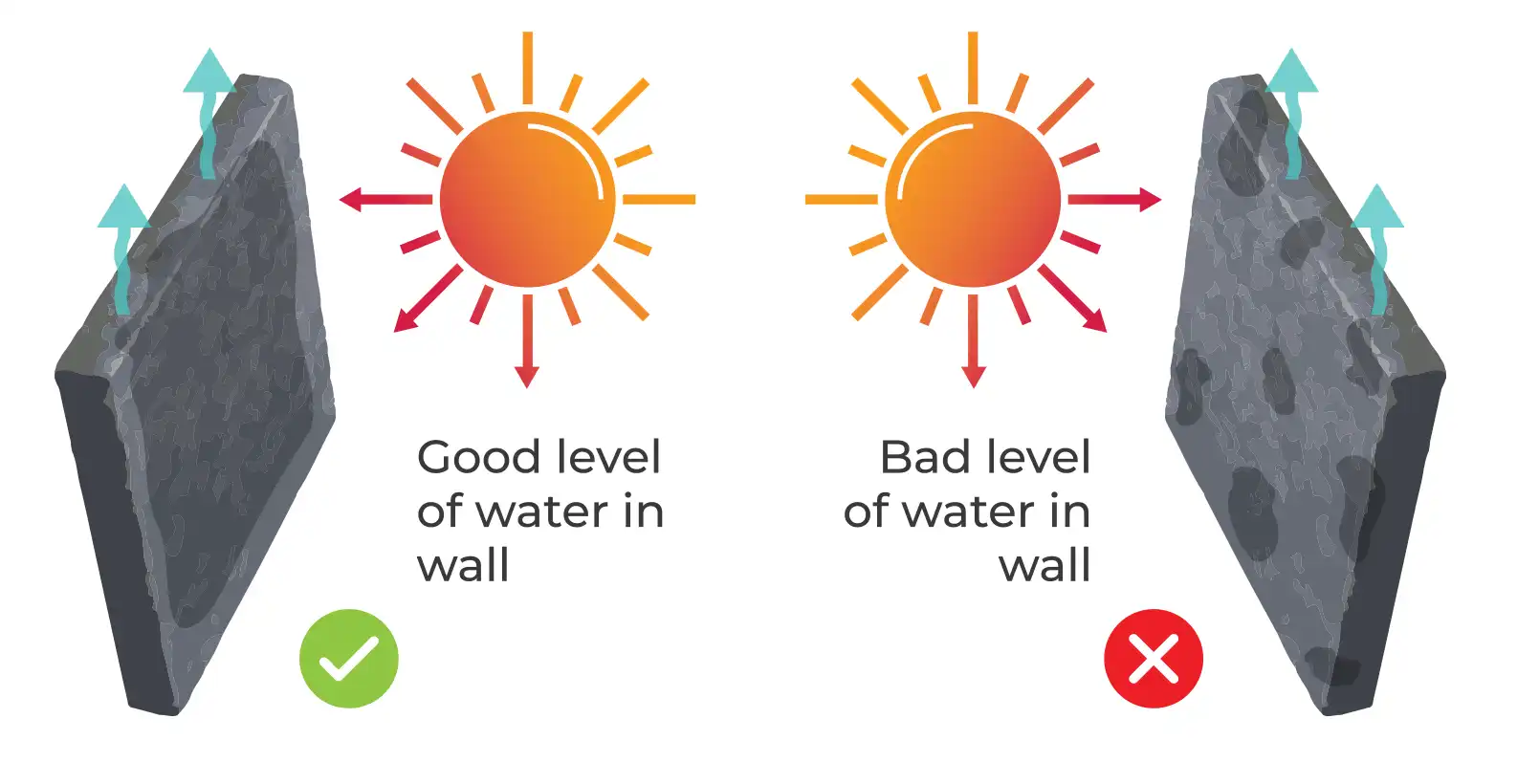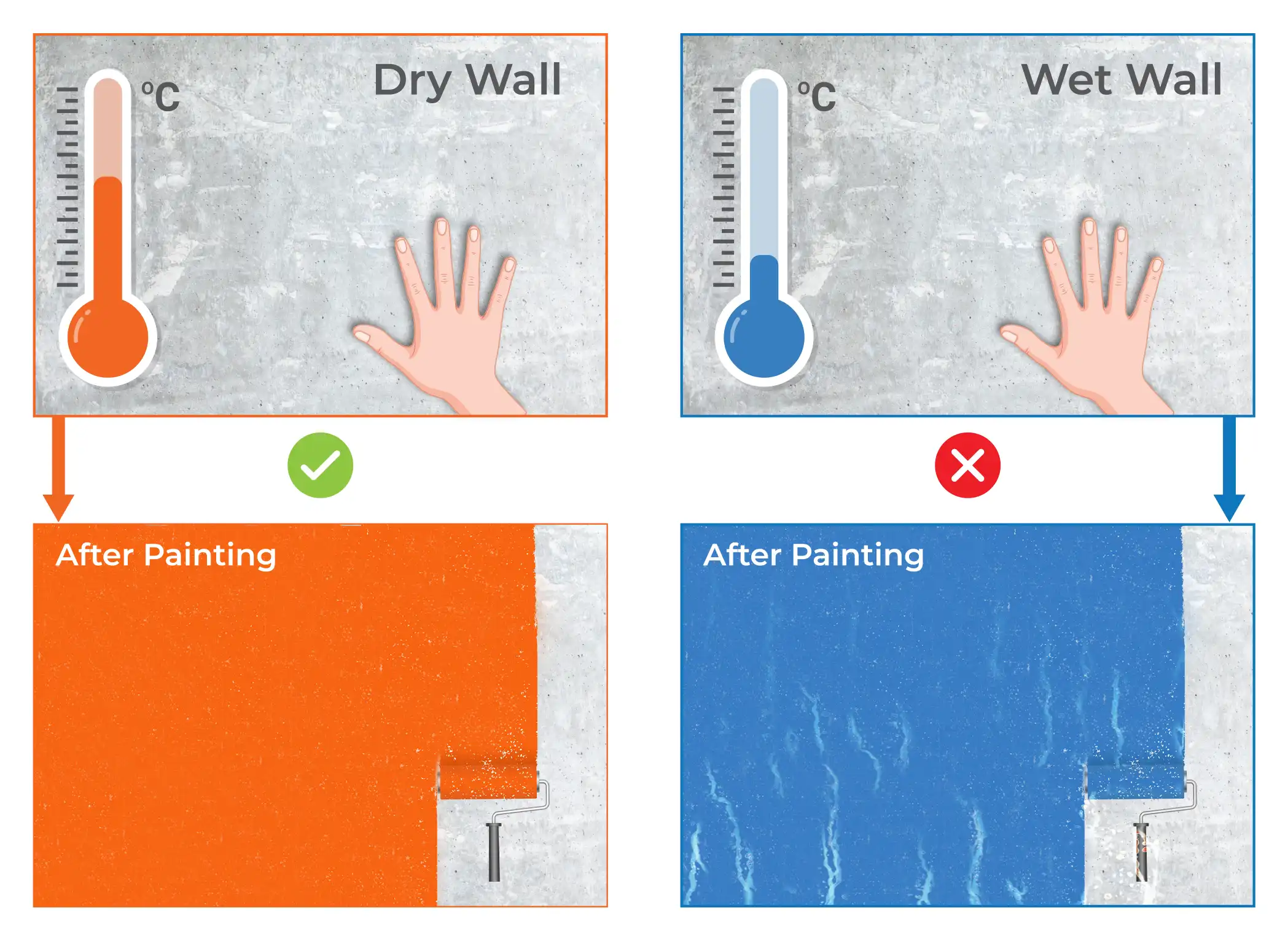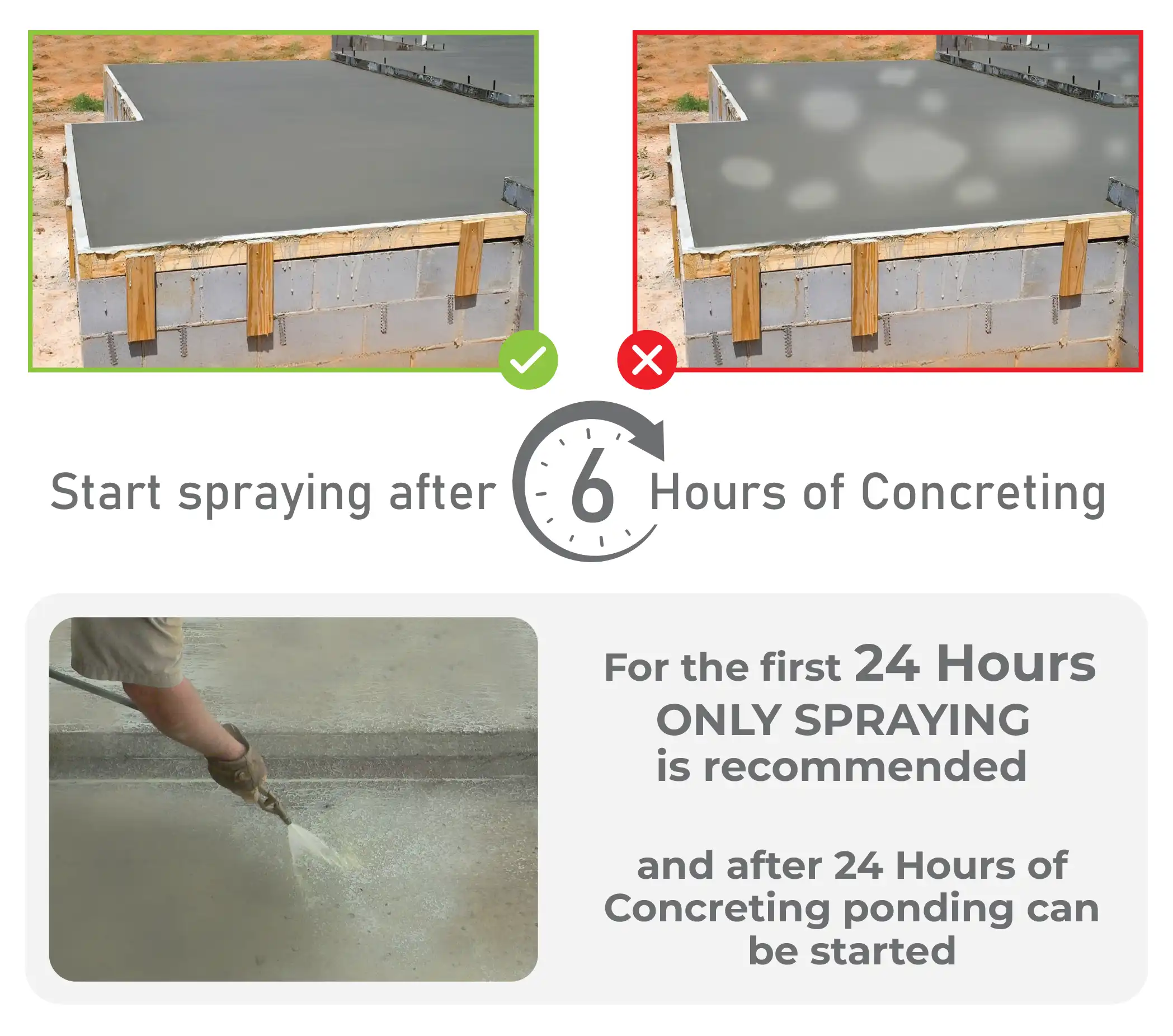
Curing concrete is a critical step in the construction process that often receives less attention than it deserves. While people think pouring concrete is the last step in construction, proper curing is essential for ensuring the final building's longevity, strength, and durability.
In this write-up, we will explore the complexities of concrete curing, pointing out its importance, methods, best practices, and the impact it has on the performance of concrete structures.
Understanding Best Practices For Concrete Curing:
Concrete curing is the controlled process of maintaining adequate moisture, temperature, and time to allow the cementitious materials in concrete to hydrate properly. This hydration process leads to the development of the desired strength, durability, and resistance to cracks.
Importance of Curing:
Effective curing is essential for several reasons:
-
It prevents early drying.
-
Curing prevents the cracking of the surface.
-
Proper curing prevents the surface from weakening.
-
Curing enhances the concrete’s resistance to chemicals, improves impermeability, and minimizes shrinkage.
The Importance of Timing in Curing:
Curing should commence as soon as the concrete is placed, but only after the initial setting has occurred. Early curing helps maintain moisture levels and promotes uniform hydration, laying the foundation for a strong foundation.
What are the Different Types of Concrete Curing Methods?

There are various methods of concrete curing, each catering to specific project requirements. Wet curing involves wetting the concrete surface continuously, while membrane curing employs moisture-retaining sheets or compounds. Other methods include curing compounds, fogging, and ponding.
1. Water Curing:
Immersion, or ponding with water, is a traditional and effective method of curing. It prevents evaporation, maintains consistent moisture, and provides an even temperature distribution. This method is particularly suitable for large horizontal surfaces like slabs and pavements.
2. Sprinkler or Wetting Curing:
Sprinklers are used to apply a continuous mist of water over the concrete surface. This method mimics natural wet conditions and is beneficial for vertical surfaces such as walls and columns.
3. Membrane Curing:
Membrane curing involves covering the concrete with moisture-retaining materials, like plastic sheets or wet burlap. This method prevents evaporation and creates a barrier that ensures gradual curing over an extended period.
4. Curing Compounds:
Curing compounds form a thin film on the concrete surface, preventing moisture loss. These compounds are easy to apply and eliminate the need for constant wetting, making them suitable for large projects with limited resources.
5. Fogging or spraying:
Fogging or spraying fine water droplets onto the concrete surface creates a humid environment, facilitating curing. This method is effective for horizontal and vertical surfaces and is often used with other curing methods.
Things to Consider During the Curing of a Plastered Wall?
The Curing a plastered wall is an important process that involves keeping the wall moist and allowing the plaster to harden and dry properly. Below are the steps for curing a plastered wall.
Wait for the Plaster to Set:

Before starting the process of curing, it is essential to wait for at least 24 hours. By doing this, you can prevent potential damage to the surface.
Duration of Curing:

Curing should be done for a minimum of 7 days to a maximum of 15 days for the best result. Make sure to be consistent while curing to get the best outcome.
Avoid Rapid Drying:

Rapid drying of plaster can cause it to crack or shrink. Keep the place well-ventilated, but avoid direct exposure to direct sunlight, wind, or excessive heat.
Test for dryness:

To ensure the plaster is completely dry before painting or finishing, test it by pressing your hand against the surface. If it feels cool or damp, it is still curing. Wait until the surface is dry before applying the products.
Things to Consider During Curing the Roof and Footing
The curing of concrete is an important process involving a chemical reaction known as hydration. During this process, the bonding of water and cement occurs, due to which heat is generated in the concrete.

If the temperature of the concrete rises above 30 degrees Celsius, then the hydration stops and the concrete will not achieve the desired strength. So it is important to maintain a temperature below 28–30 degrees Celsius to do proper curing.
Maintain a wet surface on the concrete roof; you can start spraying water lightly after 6 hours of concrete pouring.
Best Practices for Concrete Curing:
Temperature Control:
Maintaining the right temperature during curing is essential. Extremely high temperatures can lead to rapid drying and potential cracking, while excessively low temperatures can hinder proper hydration. Utilizing insulation, shade, or temperature-controlling covers ensures optimal curing conditions.
Duration of Curing:
The duration of curing depends on factors like concrete mix, ambient conditions, and project requirements. In general, curing should continue for a minimum of 7–15 days to achieve adequate strength development.
Curing Challenges:
Environmental factors such as wind, sunlight, and high temperatures can pose challenges to effective curing. Mitigating these challenges through proper planning and the right curing methods is essential for successful outcomes.
Quality Control and Monitoring:
Regular inspection and monitoring during the curing process are vital to maintaining the conditions as required. Adjustments can be made if necessary to prevent issues and ensure uniform curing.
Curing Beyond Initial Stages:
While initial curing is critical, the long-term durability of concrete can be enhanced through continued care. Avoiding rapid drying, protecting the surface from abrasion, and preventing exposure to harsh conditions contribute to the concrete's overall resilience.
Special Considerations for Different Concrete Applications:
Different concrete applications require tailored curing approaches. For instance, curing decorative concrete demands extra care to prevent surface discoloration or blemishes. Similarly, high-performance concrete or concrete with specific admixtures may require extended or specialized curing techniques to optimize their unique properties.
Curing in Extreme Conditions:
Curing becomes even more critical in regions with extreme weather conditions, such as hot and arid climates or cold environments. Innovative solutions like evaporative cooling systems or insulating blankets can help regulate temperature and moisture levels, ensuring effective curing despite challenging conditions.
Post-Curing Maintenance:
After initial curing, ongoing maintenance plays a role in preserving concrete quality of concrete. Measures like applying sealants, avoiding chemical exposure, and implementing proper cleaning practices contribute to the longevity and aesthetics of the concrete surface.
Curing and Sustainable Design:
Effective concrete curing aligns with the principles of sustainable design. By optimizing curing methods, builders reduce the risk of premature deterioration, minimize maintenance requirements, and contribute to the overall sustainability of the built environment.
Community Awareness and Engagement:
Raising awareness about the importance of proper concrete curing within the construction industry and the broader community is crucial. A well-cured concrete structure not only stands strong but also enhances the safety and well-being of occupants.
Collaboration and knowledge sharing:
As the construction industry evolves, collaboration and knowledge sharing among professionals become essential. Sharing experiences, success stories, and lessons learned from various curing practices contributes to a collective effort to elevate construction standards.
Conclusion:
This article helped you understand the importance of curing. If you have any further doubts, you can send an email to [email protected]